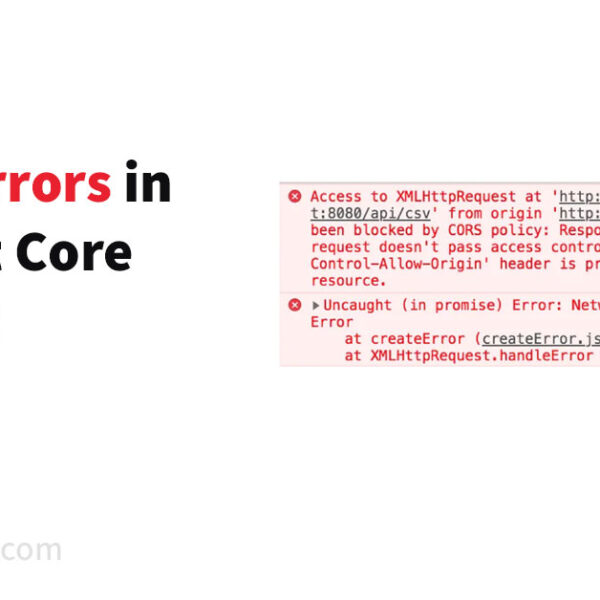As a seasoned React developer, you’ll often encounter scenarios where you need to disable buttons in your applications. Whether it’s to prevent users from taking certain actions at specific times or to avoid multiple clicks, understanding how to efficiently disable buttons can improve user experience and prevent unwanted behaviors. In this comprehensive guide, we’ll explore different techniques to disable buttons in React applications and dive into the best practices. Let’s get started!
Method 1: Disabling a Button When an Input Field is Empty
A common requirement in React applications is to disable a button when an associated input field is empty. We can achieve this easily by using the disabled prop.
// App.js
import React, { useState } from 'react';
export default function App() {
const [message, setMessage] = useState('');
return (
<div>
{/* ✅ disable button when input is empty */}
<div>
<input
type="text"
id="message"
name="message"
value={message}
onChange={event => setMessage(event.target.value)}
/>
<button disabled={!message}>Click</button>
</div>
</div>
);
}In this example, we use the useState hook to manage the message state that holds the input field’s value. By setting the disabled prop of the button to !message, the button will be disabled when the message state is empty (a falsy value), and enabled when it has any text (a truthy value).
Method 2: Conditionally Disable a Button in React
Often, you may want to disable a button based on certain conditions, like the value of a variable. This can be achieved using the ternary operator.
// App.js
import React from 'react';
export default function App() {
const isAnonymous = true;
return (
<div>
{/* ✅ disable button conditionally */}
<button disabled={isAnonymous}>Click</button>
</div>
);
}In this example, the button will be disabled when isAnonymous is true (a truthy value) and remain enabled when isAnonymous is false (a falsy value). The ternary operator ensures that the disabled prop is set accordingly.
Method 3: Disable a Button After the First Click
To prevent multiple clicks on a button and avoid potential issues in your application, you can disable the button after it’s clicked. This can be accomplished using the onClick event handler.
// App.js
import React from 'react';
export default function App() {
const handleClick = event => {
event.currentTarget.disabled = true;
console.log('button clicked');
};
return (
<div>
{/* ✅ disable a button after it has been clicked once */}
<button onClick={handleClick}>Click</button>
</div>
);
}In this example, when the button is clicked, the handleClick function is called, and the button’s disabled attribute is set to true, effectively disabling it. Subsequent clicks will have no effect, preventing multiple rapid clicks.
Conclusion
In this guide, we’ve explored various methods to disable buttons in React applications. By leveraging the disabled prop, conditionals, and event handlers, you can control button behavior efficiently, enhancing user experience and preventing unintended actions. Understanding these techniques is crucial for delivering polished and reliable React applications.







Leave a Comment